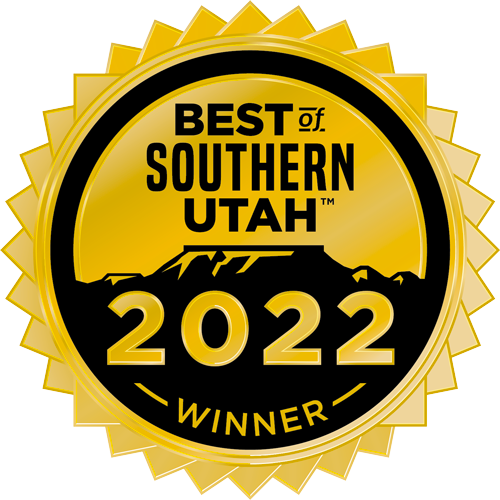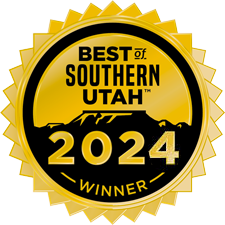Among the more unsightly vein-related conditions are varicose veins. They are dark in color and often protrude or bulge from the skin. While varicose veins are only dangerous in rare cases, they can still impact your quality of life.
Many aspects of varicose veins can be addressed at home without a doctor’s care, but some cases require medical attention. Here are some of the basics of recognizing and managing varicose veins.
How Do I Identify Varicose Veins?
Varicose veins are visible to the naked eye. They’ll often be swollen, and may twist rather than protrude from the skin in straight lines. Due to gravity’s effect on blood flow, varicose veins are most common in the legs and feet.
There isn’t always pain associated with varicose veins, but there can be. Pain can range from a dull throb to bleeding or skin discoloration, the latter of which could require medical attention.
What Leads to Varicose Veins?
Risk factors for varicose veins often overlap many heart-related disorders. These generally include:
- Frequent blood clots
- Genetics
- Weight
- Age
Women, particularly those who are pregnant or use birth control, are also more likely to develop varicose veins.
Other causes relate more to day-to-day life. People who stand a lot at work could be at increased risk, for the same reason varicose veins are more common lower in the body gravity. Overexposure to the sun or any form of ultraviolet rays can also increase risk.
Do Varicose Veins Pose a Health Risk?
In most cases, varicose veins are nothing but unsightly and often-painful marks. At worst, a vein may burst and cause bleeding. In others cases, varicose veins can be signs of larger issues.
Blood clots are among the leading disorders associated with varicose veins. Certain types of varicose veins can cause swelling in the lower body associated with blood clots, requiring immediate medical attention. It’s also possible for ulcers to develop near varicose veins where fluid builds up due to high blood pressure. If you experience these symptoms, seeing a doctor immediately is the recommended course of action.
How Do I Remove Varicose Veins?
For those looking for a temporary fix at home, an effort to spend less time standing can go a long way, as can compression clothing for the legs. Also try to elevate affected areas whenever possible.
One method is sclerotherapy, a process in which a doctor injects the damaged veins with a liquid that scars and seals veins. This process eventually diverts the flow of blood from affected veins to other, healthier ones. When it’s all said and done, the original varicose veins will be completely removed. Side effects of sclerotherapy are generally limited, but can include swelling and minor pain.
Another treatment option is known as microphlebectomy. This is a technique where small nicks are made on the skin and the vein is removed.
Ultimately, treating the source of the problem is the best strategy. This includes management of the underlying risk factors and treatment of the underlying diseased saphenous veins.
Sources:
Varicose Veins and Spider Veins. WebMD. http://www.webmd.com/skin-problems-and-treatments/cosmetic-procedures-spider-veins#2
Varicose veins. The Mayo Clinic. http://www.mayoclinic.org/diseases-conditions/varicose-veins/symptoms-causes/dxc-20178128




